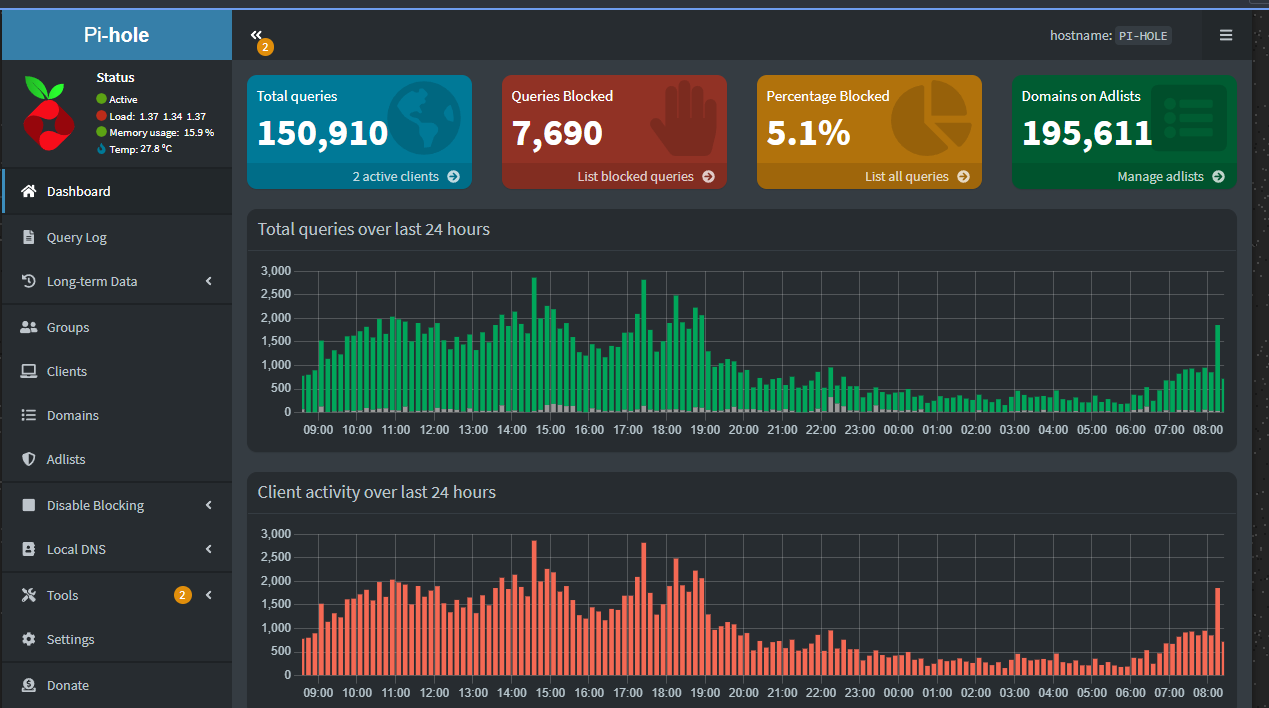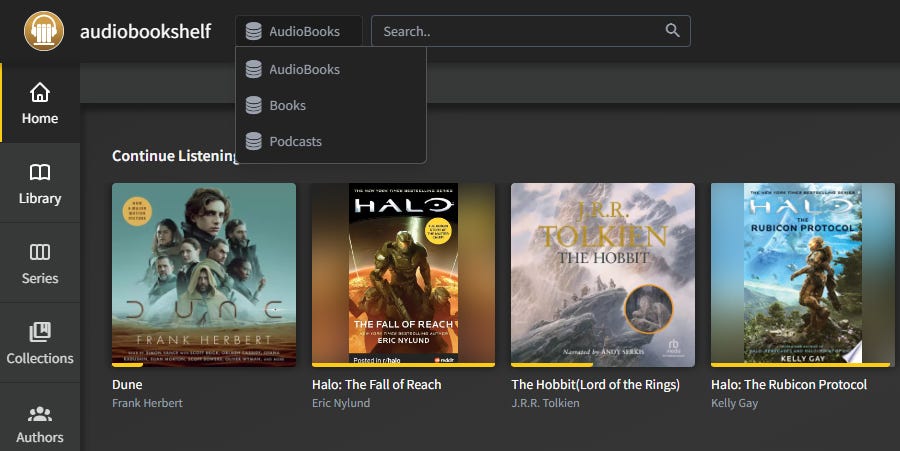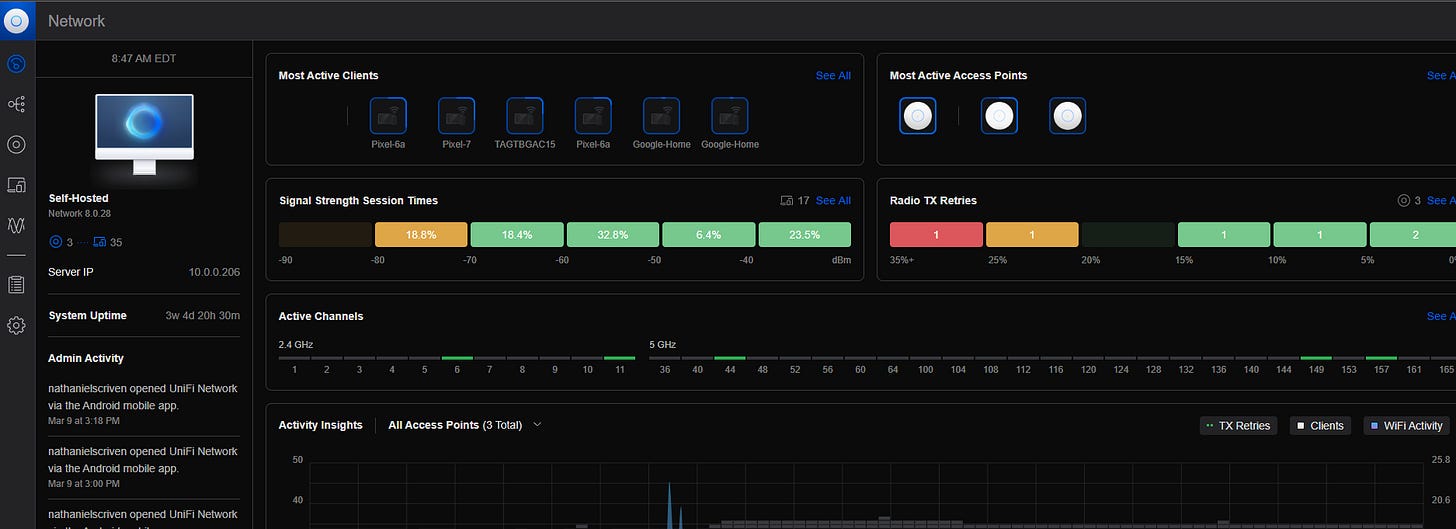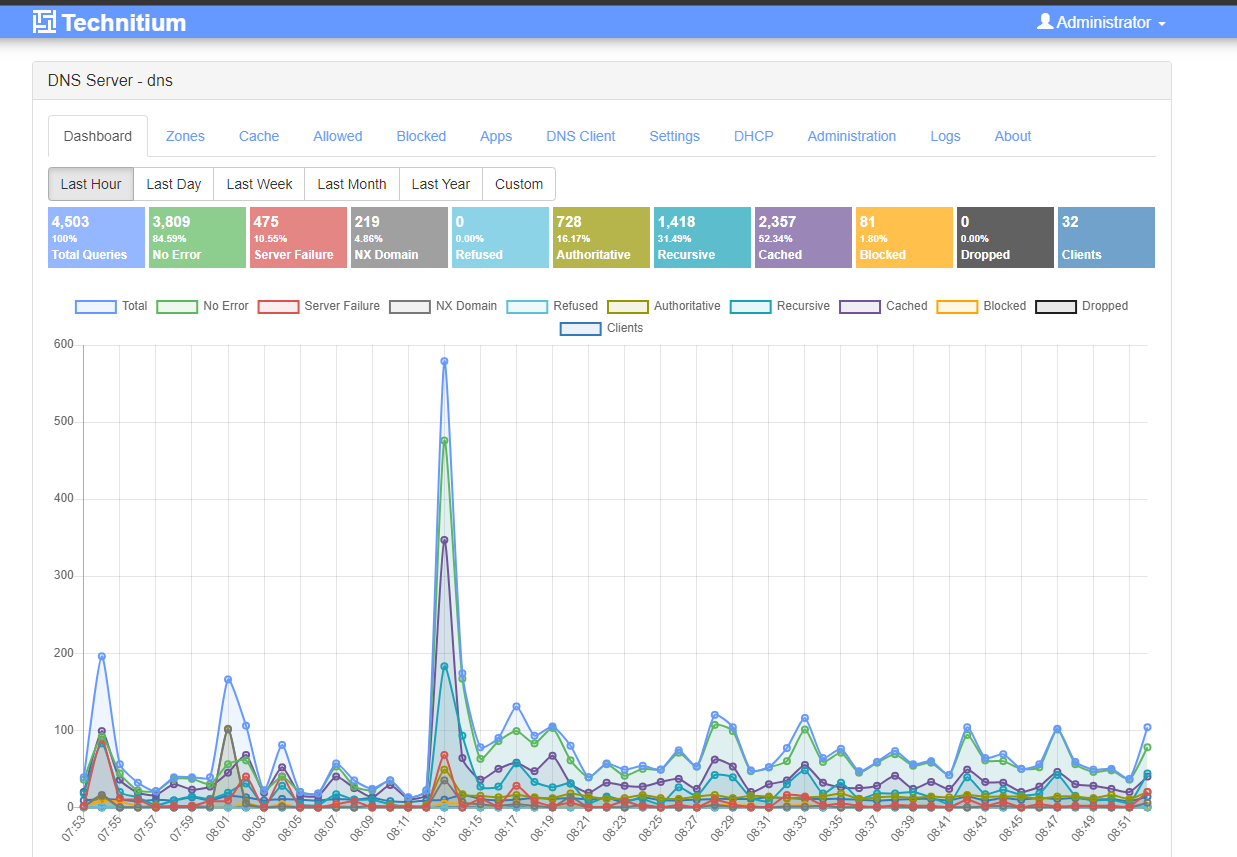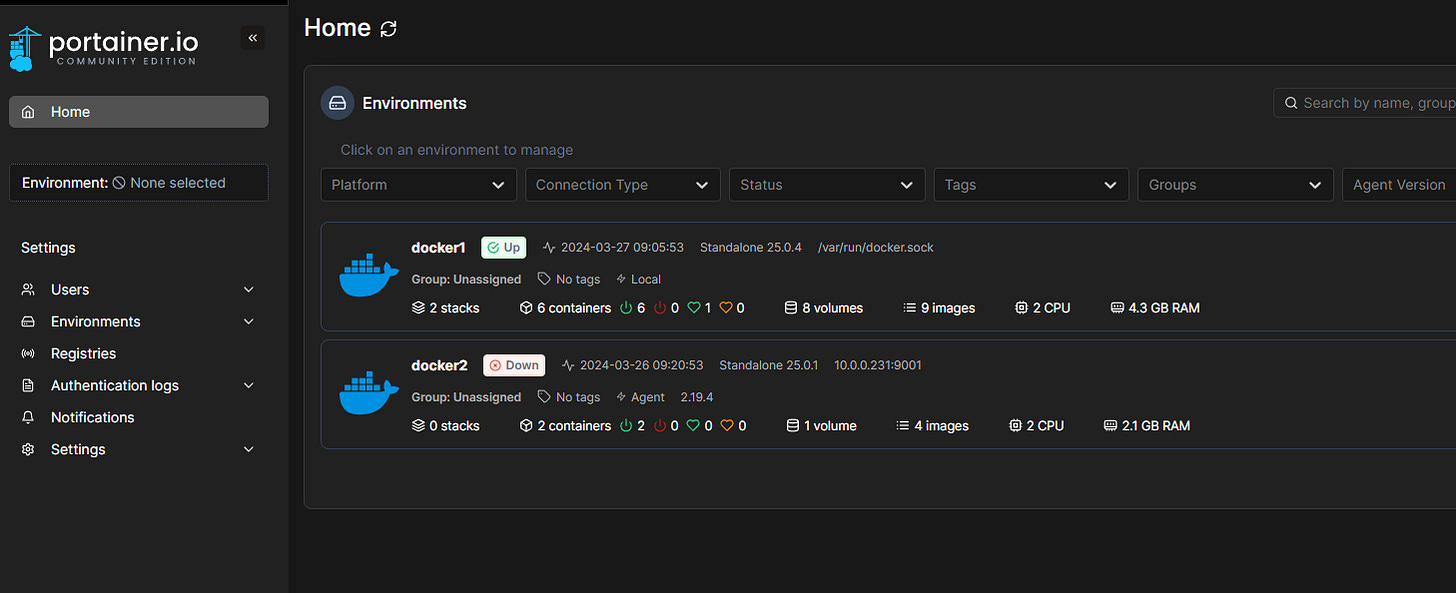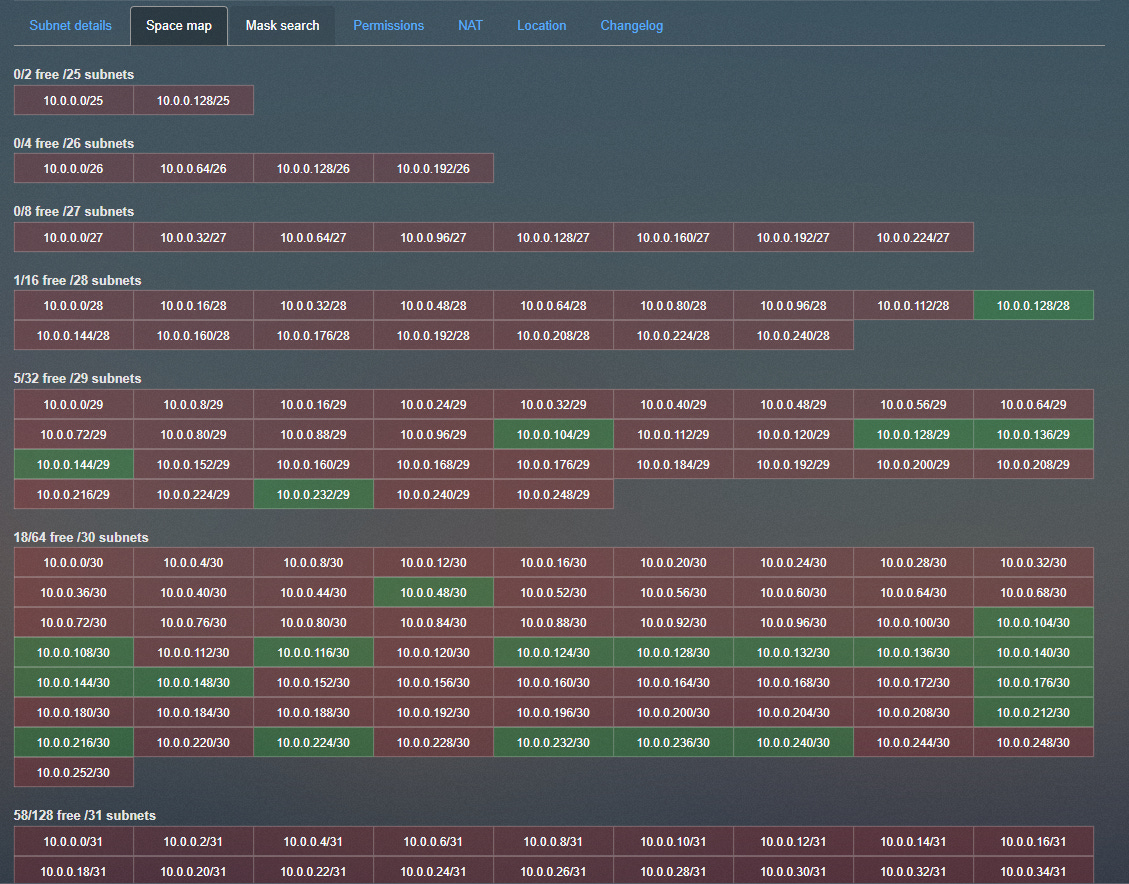What I Use On My Self-Hosted Journey
2024 Edition, Part 3. Proxmox Containers, Docker
Part 1
Part 2
In this final part of What I Use, I’m going to cover the VMs and containers I use in Proxmox.
Containers
Plex
You all know what Plex is and what it does. If you don’t, welcome to earth stranger! Please consult The Google!
Back before Proxmox I had Plex on a windows VM. It always felt really heavy and took a while to reboot, etc. When I installed it as a container I was blown away. Not only was it incredibly fast, migrating my Windows install over to it was fairly simple. And my minifs PC is running an Intel-CPU that directly supported hardware acceleration and tone mapping without passthrough. Derek Seaman has a great blogpost about itTautulli
This is a statistics engine for Plex. If you want to know the ins and out of usage and trends, install this container and plug it into your Plex URL.Nginx Proxy Manager
This is a nifty graphical frontend for the Nginx Proxy. I covered this in detail here. It makes the ability to easily secure internal web traffic/order Let’s Encrypt certificates almost trivial.Pi-hole
Still my favorite DNS Ad-Blocker. I tried Ad Guard for a while, and some stuff it did do better, but I came back to Pi-hole. Much like my Plex example I used to run this on an Ubuntu VM but it felt so damn heavy for just one service. As a container, it’s almost impossibly fast and reboots in seconds. I run one in my Prod and IOT networks and they’re the last DNS forwarder in my network.
Audio Bookshelf
Audio Bookshelf, how do I love thee, let me count the ways. Easily my favorite service I’m hosting besides Home Assistant. This allows me to self host my podcasts, audiobooks, and regular books. The web interface is very well made, and excellent mobile apps for Android and iPhone. The app is in beta, and freely available in the store on Google Play. iPhone limits the availability of a beta app to something like 10k installs, so getting a spot can be a challenge. This developer is very active and pushes out updates frequently.
Influx DB
Nothing fancy. Just a database. I use it for Home Assistant to send stats to so I can can make nerdy graphs in Grafana for things like my solar.
Unifi
Do you hate Java? Not the coffee, you monster. The program. You hate it, I hate it, everyone hates it. It sucks. Easily the worst part of the Unifi controller application. I run Unifi APs in the house, and I had to host it on Windows, it was a heavy pig. Also a bit of a PIA to keep running. Then I found it can be run in a LXC or Docker. Now it’s incredibly lightweight, the java install is built in and it’s super quick. Night and day.
Technitium
Ok. I LOVE this one. It actually might be up there with Audio Bookshelf and Home Assistant. For the longest time I wanted a full featured DNS server and just couldn’t scratch the itch. Synology? Ok…but lacking. Firewall? Ehh….. I wanted multiple zones, option support, etc. Then I stumbled onto this. Technitium is a flat out amazing application that gives me damn near enterprise functionality for my DNS. Zones, Ad Block, (Pi-hole is its forwarder for a one-two punch) DHCP, Dynamic DNS, etc. One awesome thing is that I’m able to use this as a secondary DNS server for my lab DNS so that I can do lookups locally without having to login to my lab DNS server.
Like Pi-hole, I run an instance in production and IOT.
Docker
Portainer
Using docker can be a bit intimidating and a management console like Portainer makes the process much simpler. You can even link other docker instances into the same page. You can use it to search and install services, and if you spin up an image outside of Portainer it still shows up here.
Phpipam
This is a GREAT ipam tool. It supports automatic scanning of subnets, auto discovery, etc. I’ve found this to be indispensable. I used a docker compose file to spin this up. I have a github with the compose I edited. I added the ability at the bottom to change the docker subnet in case a subnet you want to scan conflicts with your network.
Apprise
I cover Apprise in a prior post, it’s a very simple way to send notifications to a myriad of services. It’s how I use Home Assistant to deliver alerts from Audiobookshelf when new podcasts come in.
OK, that’s it! Running services as containers/dockers is an outstanding way to slim down and make the most of of your virtual hardware.
Until next time.


